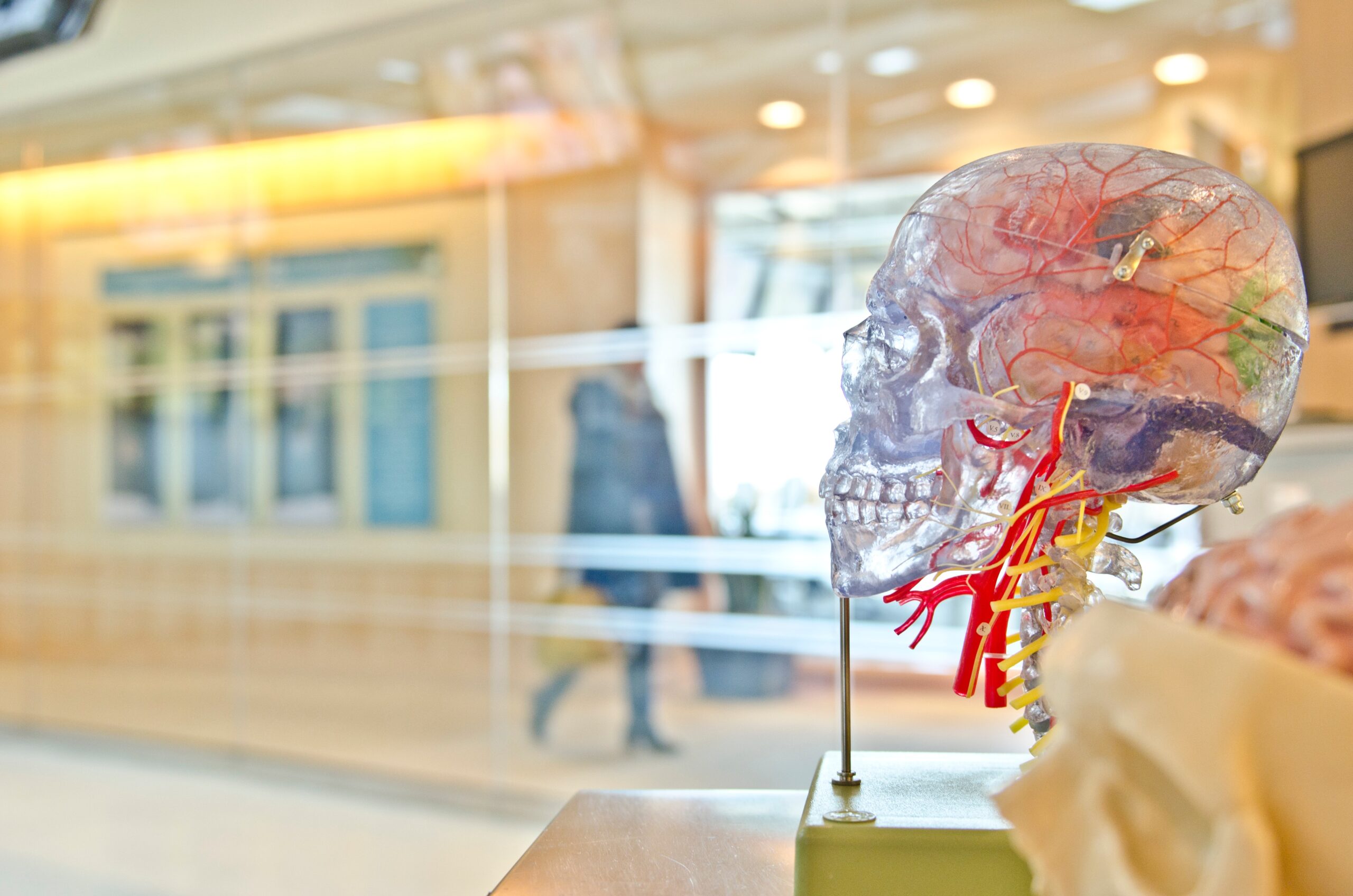A 6-month investigation has called into question the veracity of a landmark study published in 2006 that has since underpinned most research in Alzheimer’s disease. Science magazine’s findings, which include possibly altered or duplicated images that accompanied this study in Nature, cast doubt on whether the accumulation of amyloid plaques in brain tissue cause the illness. The problem is that, even if tampering is proven, the tenets of the amyloid hypothesis have already been embedded in the scientific and medical consciousness – and “false ideas inserted into key nodes in our body of scientific knowledge can warp our understanding”, explains Matthew Schrag in Science’s exposé.1
Because misinformation can take on a life of its own, simply telling audiences the correct information isn’t enough. This is true whether we’re talking about an investigation like this one, a public health issue such as COVID-19 vaccinations, or low-level misinterpretations of how a drug works in practice that become widely held wisdom. HCPs can fall victim to erroneous beliefs about medical information too. Here are three approaches, based in human psychology, used to keep misinformation at bay.2
The mindful nod
Don’t shy away from the misinformation! Acknowledge it (and then move on) with this four-step process:
- Present the information you want the audience to remember. This works best if you use your scientific communication skills to make that fact punchy; craft the writing so that the fact itself is memorable.
- Then, reveal your hand and tell the audience that, full disclosure, they’re about to hear some misinformation. Once is enough.
- Immediately follow up by summarizing the fallacy, the myth, the inaccuracy – but most importantly, why this misinformation does harm.
- After that, get back to the real facts, never mentioning the misinformation again.
This method works by maintaining a laser focus on the important information. Oh, and a bonus hint: use repetition throughout the remainder of the presentation to embed the correct information in your audience’s minds.2
The power of suggestion
People are susceptible to suggestion – we even get hungry just looking at pictures of food.3 It’s a struggle of the human condition, but medical communications should make the most of it. How? Easy. Tell your audience what you expect of them in advance. If you tell a reader, a viewer, an attendee that paying close attention will be important, they’ll actually pay closer attention to the information in front of them. So, set the stage with turns of phrase that nudge people to assess the accuracy of information before making judgements. Just show them the proverbial picture
of cake.2
The ‘prebunk’
Tackle the problem proactively with prebunking – debunking myths before people are even exposed to them. This method is like a vaccine against misinformation. First, you prime the learner’s brain to recognize that incoming information needs to be analyzed, then you give it the tools to refute information that it recognizes as misleading. However, one of the downsides of prebunking is that it’s tough to anticipate the misinformation that audiences might be exposed to, and writing all those refutations could be a full-time job in and of itself. But it’s worth thinking about and incorporating somewhere appropriate, sort of like a ‘pre-objection’ objection handler.2
These three strategies can be used any time we’re communicating complex scientific data and medical information. Regardless of project type or place in the product
life cycle, medical communications can be enhanced through incorporating psychological principles. If we act now, we can strengthen the story – and what audiences remember.
References
- Piller C. Blots on a field? Science. July 2022. Available at: https://www.science.org/content/article/potential-fabrication-research-images-threatens-key-theory-alzheimers-disease. Accessed August 2022.
- Roozenbeek J, van der Linden S. How to combat health misinformation: A psychological approach. Am J Health Promot. 2022;36:569–75.
- Pictures of food create feelings of hunger. Max-Planck-Gesellschaft. January 2012. Available at: https://www.mpg.de/4990409/regulation_eating_behaviour. Accessed August 2022.

